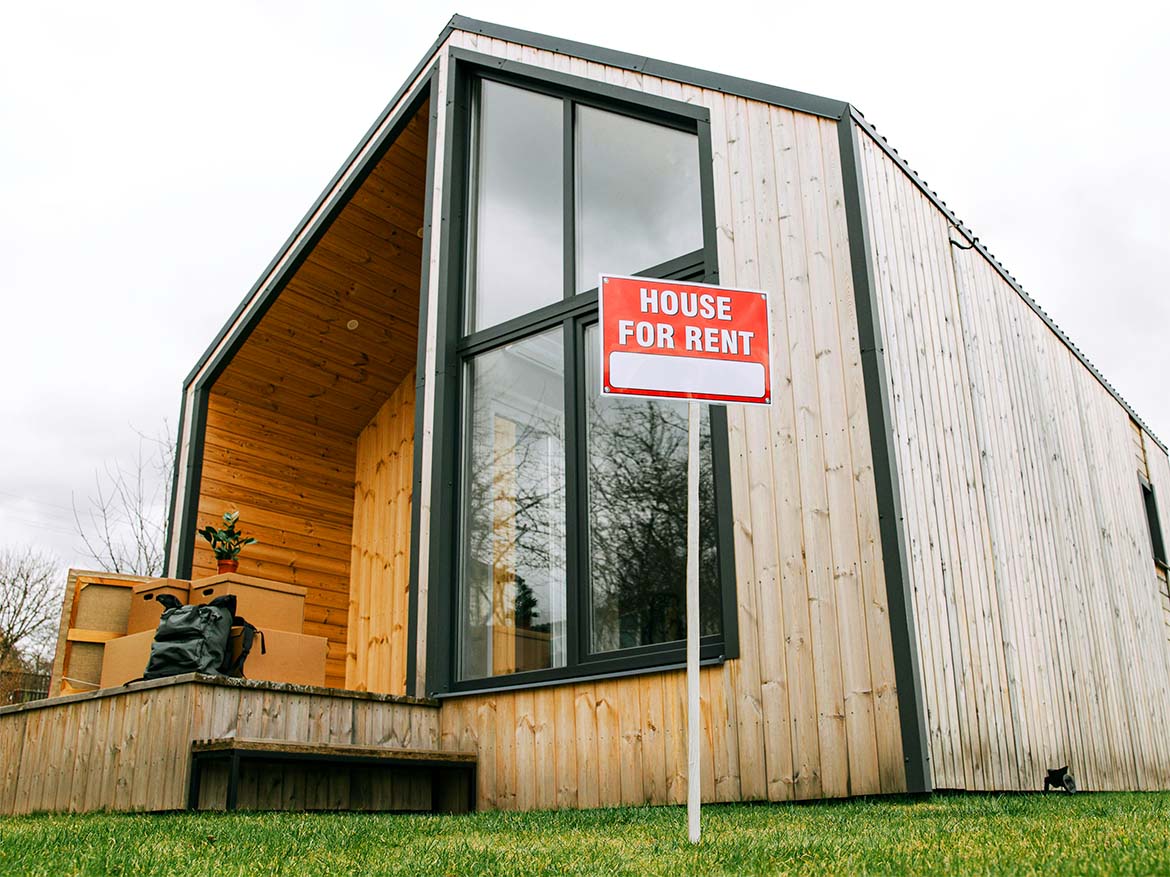Rental property investment is one of the most effective ways to build long-term wealth in Canada. Whether you’re looking to create passive income, diversify your investments, or turn pro as a landlord, a rental property business can be a smart and rewarding choice.
But how do you break into Canada’s 2025 real estate market? In this step-by-step guide, we will walk you through everything you need to know to build a profitable rental property empire.
🧠 Step 1: Educate Yourself on Canada’s Rental Market
Prior to purchasing your very first property, it’s essential to learn about the prevailing market conditions. The Canadian real estate market in 2025 is stabilizing after several tumultuous years, yet demand for rentals continues to be strong because of:
- High levels of immigration
- Rising homeownership cost
- An aging student and temporary worker population
📍 Leading cities for rental investments in 2025:
- Halifax
- Winnipeg
- Ottawa
- Regina
- Moncton
These cities offer relatively low property prices along with high rental demand.
💼 Step 2: Choose Your Investment Strategy
Not all rental properties are equal. Pick a model that fits your budget, risk tolerance, and lifestyle:
- Long-term residential rentals: Predictable monthly income from tenants.
- Short-term rentals (Airbnb, vacation rentals): Possibly higher income but more management.
- Multi-family units: Duplexes, triplexes, or small apartment buildings can offer better ROI and risk diversification.
💡 Tip: Start small with a single-unit or duplex and scale from there as you gain experience.
🏢 Step 3: Form a Business Structure
The majority of investors like to do business under the umbrella of a formal business structure, especially for tax and liability purposes.
Common Structures in Canada:
- Sole Proprietorship: Easiest to set up, but offers no liability protection.
- Corporation: Offers tax advantage and liability protection but with more administrative responsibilities.
Consult with a real estate attorney or accountant to determine the optimal structure for you.
📑 Incorporate your company with your provincial government and consider registering for a business number (BN) from the CRA if you’ll be charging HST/GST.
💰 Step 4: Secure Financing
If you’re not paying cash, you’ll need financing. Canadian banks need the following for investment properties:
- Minimum 20% down payment (sometimes more for multi-units)
- Proof of stable income
- Good credit score
- Property appraisal
Options for Financing:
- Traditional mortgage lenders (banks, credit unions)
- Private lenders (higher rates but fast approval)
- HELOC (Home Equity Line of Credit on current property)
💡 Consider engaging a mortgage broker who specializes in rental property financing.
🔍 Step 5: Search and Purchase the Ideal Property
Search for properties in high-demand rental areas, close to:
- Public transportation
- Schools and universities
- Shopping centers
- Hospitals or employment hubs
Do your due diligence:
- Inspect the property
- Research local vacancy rates
- Estimate possible rent and expenses
📊 Conduct research on properties and rental trends through online websites like Realtor.ca, Zolo, or MLS.
📜 Step 6: Familiarize Yourself with Landlord Laws and Regulations
Each province has its own landlord-tenant laws. Here are some basics you need to know:
- Tenant rights and eviction rules
- Maximum percentage of rent increases
- Security deposit laws
- Lease agreement laws
🛠️ Also, ensure that your property complies with:
- Fire and safety codes
- Zoning bylaws
- Local bylaws
Provinces like Ontario, British Columbia, and Quebec have especially thorough rental law—so be knowledgeable beforehand when renting.
📣 Step 7: Market Your Property
A vacant property earns zero income. Apply the following strategies to secure reliable tenants:
- List on sites like Rentals.ca, Facebook Marketplace, Kijiji, or PadMapper
- Take quality photos and detailed descriptions
- Highlight amenities: parking, appliances, location
- Offer virtual tours for convenience
🚫 Avoid common pitfalls like overpricing rent or failing to conduct background checks.
🛠️ Step 8: Manage Your Property Effectively
You can choose to self-manage or hire a property management company. Self-management saves money, but time and communication are required.
Some of the tasks include:
- Rent collection
- Repairs and maintenance
- Addressing tenant concerns
- Bookkeeping and tax preparation
📈 Property management software like Buildium, Rentec Direct, or Landlord Studio can be looked into.
📊 Step 9: Maximize Profitability
Some ways of increasing your return on investment include:
- Value addition: Kitchen renovations, bathroom remodels, improving curb appeal
- Raising rent annually (within the law)
- Reduce vacancy: Offer renewal incentives to great tenants
- Optimize expenses: Shop for insurance, automate utility monitoring
💡 Reinvest profits into new properties to grow your portfolio over time.
🧾 Step 10: Understand the Tax Implications
Rental income is taxable in Canada, but many expenses are deductible:
Deductible Expenses:
- Mortgage interest
- Property taxes
- Repairs and maintenance
- Utilities (if covered)
- Property management fees
- Insurance
📌 Work with a tax professional to ensure you’re filing correctly and making the most of deductions.
✅ Final Thoughts
Investing in a rental property company in Canada is no small task—but it can be one that generates passive income, long-term equity appreciation, and even early retirement if done correctly.
Through this guide, ongoing research into local legislation, and prudent investment, you can set up a solid and lucrative rental business in today’s shifting real estate marketplace.
Ready to make the initial leap? Speak with one of our investment-savvy real estate agents today and start your path to property wealth.





